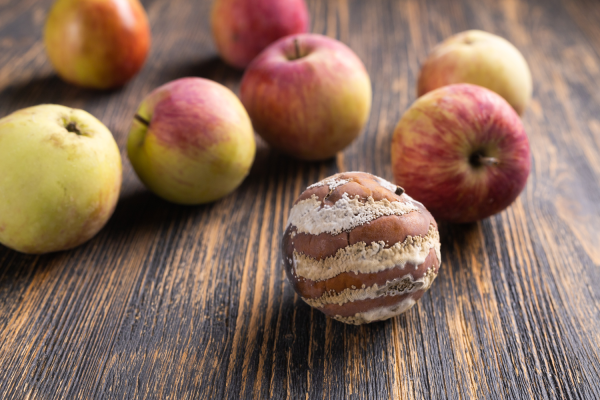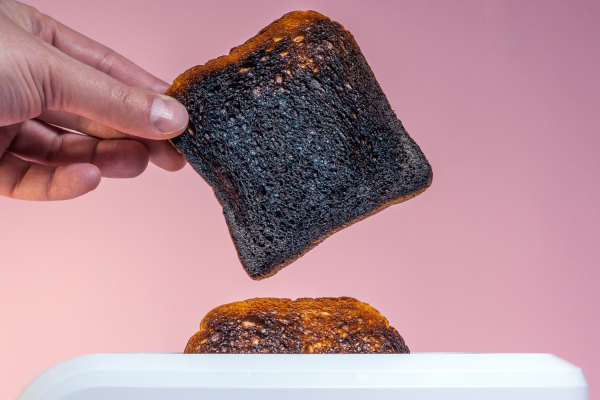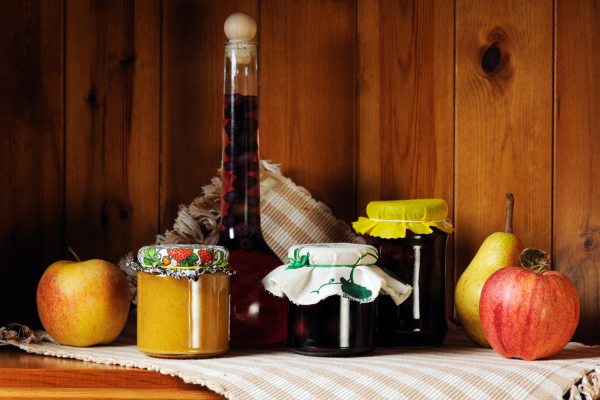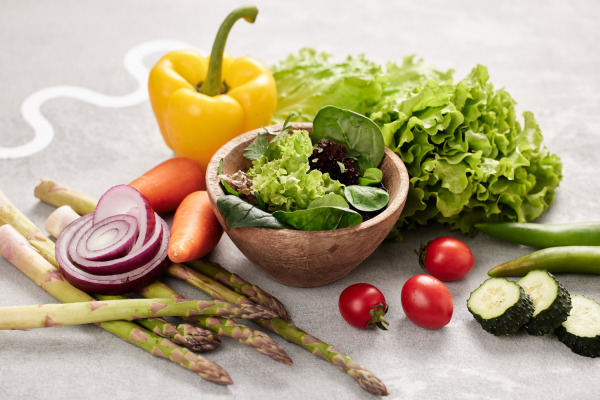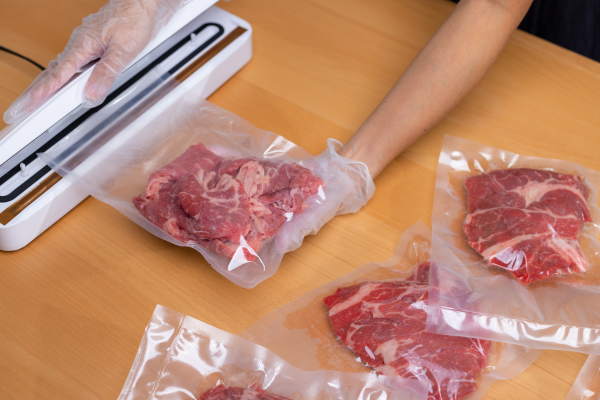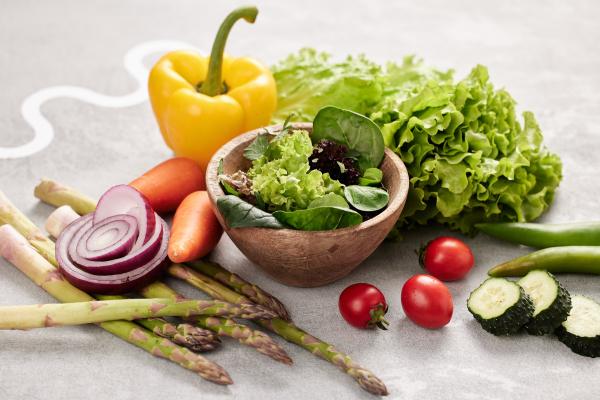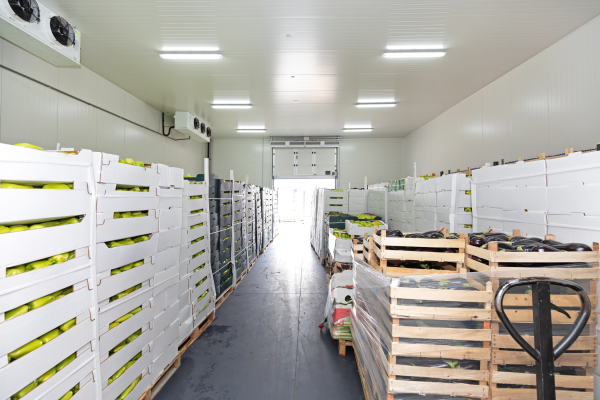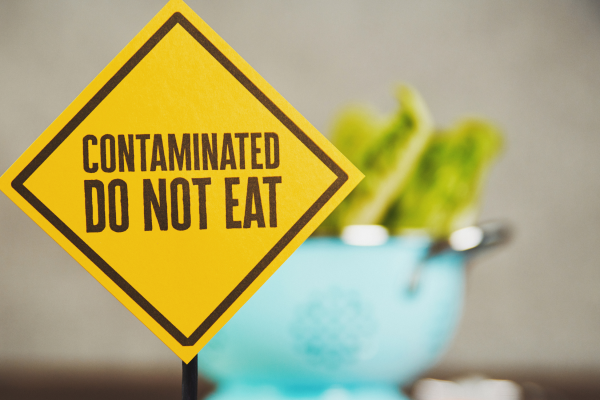
Smoking food for preservation is a traditional method that has been used for centuries to extend the shelf-life of various foods, including meat, fish, and cheese. This process not only preserves food but also enhances its flavor, making it a popular choice among food manufacturers. At Galactic, we understand the importance of preserving food naturally and effectively, which is why we offer a range of natural, fermentation-based ingredients suited for enhancing flavor, freshness, and safety across various applications.
Science and methods of smoking food
Smoking is a process that involves exposing food to smoke from burning materials, typically wood. This process achieves preservation through several mechanisms:
- Dehydration: The heat from the smoking process reduces the moisture content in the food, making it less hospitable for bacteria and other microorganisms that cause spoilage.
- Antimicrobial effects: The smoke contains chemicals, such as formaldehyde and carbolic acid, which have antimicrobial properties. These compounds inhibit the growth of bacteria and mold, further extending the shelf-life of the food.
- Flavor enhancement: The smoking process imparts a unique flavor to the food, which can be enhanced with the addition of spices, sugar, and salt. This makes smoked foods not only long-lasting but also delicious.
There are two primary methods of smoking food: hot smoking and cold smoking.
- Hot smoking: This method involves smoking food at a higher temperature, typically between 52°C and 80°C (126°F and 176°F). Food is gently cooked whilst infused with wood smoke flavor. This method is commonly used for meat, poultry, vegetables and seafood.
- Cold smoking: This method involves smoking food at a lower temperature, usually below 38°C (100°F). Cold smoking preserves the food without cooking it, making it ideal for foods like cheese, ham, salmon and sausages.
The curing process is often used in conjunction with smoking to further enhance preservation and flavor. Curing involves treating the food with a combination of salt, sugar, and spices, sometimes in a brine solution. This helps to draw out moisture from the food, inhibiting bacterial growth and enhancing the penetration of smoke flavors.
Applications and environmental considerations
Smoking food for preservation is widely used in the food industry for various products:
- Meat and Poultry: Smoked meats, such as ham and sausages, are popular for their rich flavors and extended shelf-life. The smoking process helps to preserve the meat while imparting a distinctive taste.
- Fish: Smoked fish, like salmon, is a delicacy enjoyed worldwide. At Galactic, we offer products specifically designed for smoked salmon, ensuring that the flavor and freshness are preserved naturally.
- Cheese: Smoked cheese offers a unique flavor profile that appeals to many consumers. The smoking process enhances the taste while extending the shelf-life of the cheese.
While smoking is an effective preservation method, it's important to consider the environmental impact. The process requires a significant amount of wood and energy, which can contribute to deforestation and carbon emissions. Food manufacturers must strive to use sustainable practices, such as sourcing wood from renewable sources and optimizing the smoking process to minimize waste.
Smoking food for preservation is a time-honored technique that continues to be relevant in today's food industry. By understanding the science behind smoking, choosing the right methods and ingredients, and complying with safety regulations, you can create high-quality smoked foods that meet consumer demands.
For more information on how Galactic can support your smoked food production, including our products for smoked salmon, please contact us. Together, we can elevate your smoked food offerings to new heights.

Still have questions?
Can’t find the answer you’re looking for?
Contact us for expert advice and support!
